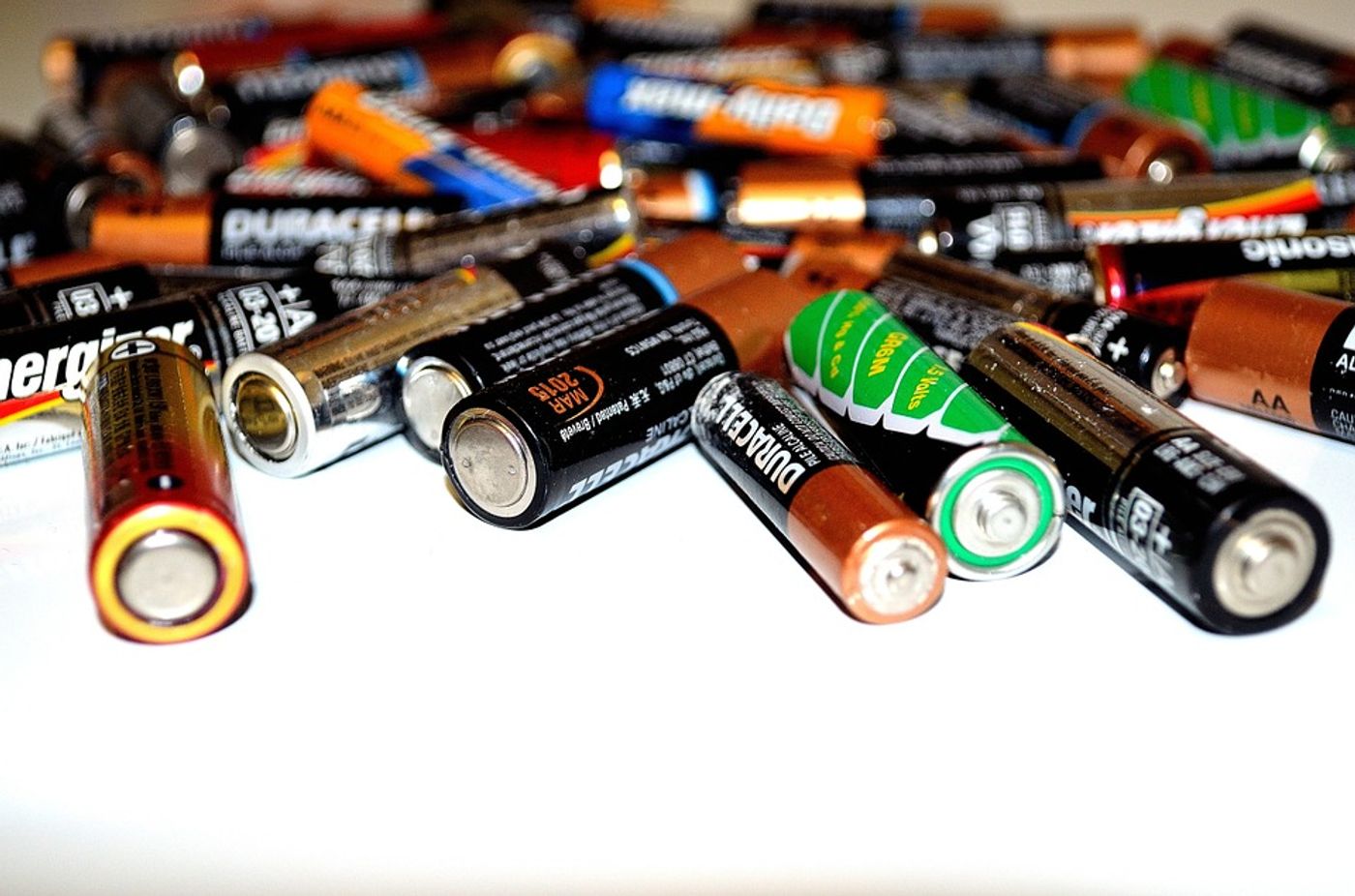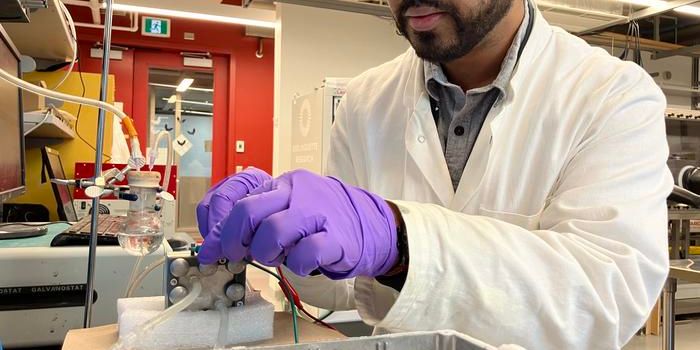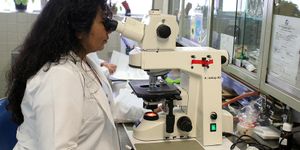New advancement in battery development
New research has been published in Nature Nanotechnology on the chemical reactions batteries with lithium metal anodes. The U.S. Department of Energy's (DOE) Brookhaven National Laboratory scientists behind the study say that their findings will help pave the way towards developing smaller, lighter, and less expensive batteries for electric vehicles.
The research was conducted in collaboration with DOE's Pacific Northwest National Laboratory-led consortium called Battery500. As the name of the consortium suggests, the group is committed to developing battery cells with an energy density of 500 watt-hours per kilogram, equivalent to over twice the energy density of today’s most advanced batteries. They hope to do this with lithium metal anodes batteries.
"Lithium metal anodes are one of the key components to fulfill the energy density sought by Battery500," said lead author Enyuan Hu, who is a chemist at Brookhaven. "Their advantage is two-fold. First, their specific capacity is very high; second, they provide a somewhat higher voltage battery. The combination leads to a greater energy density."
Unlike lithium-ion batteries, which commonly use graphite for an anode, lithium metal batteries use lithium metal as the anode. Lithium metal anodes have the advantage of being able to be paired with a cathode, but work on them has been stalled because of a lack of understanding of a solid material layer that forms on the battery's electrode during the electrochemical reaction, known as the interphase.
The team’s chemical analyses showed the existence of lithium hydride (LiH) in the interphase, providing key information about the fundamental reaction mechanism that forms the interphase. While it may sound like a small thing, scientists have been searching for this for many years, so even the team members were hesitant to share their findings.
"When we first saw the existence of LiH, we were very excited because this was the first time that LiH was shown to exist in the interphase using techniques with statistical reliability. But we were also cautious because people have been doubting this for a long time," Hu said.
Co-author Xiao-Qing Yang, a physicist in Brookhaven's Chemistry Division, added, "LiH and lithium fluoride (LiF) have very similar crystal structures. Our claim of LiH could have been challenged by people who believed we misidentified LiF as LiH."
However, with several more experiments, the team was able to show that what they identified was in fact LiH, and furthermore, they were able to explain why its presence is key in the interphase for lithium-ion transport between the anode and the cathode.
Sources: Nature Nanotechnology, Eureka Alert









